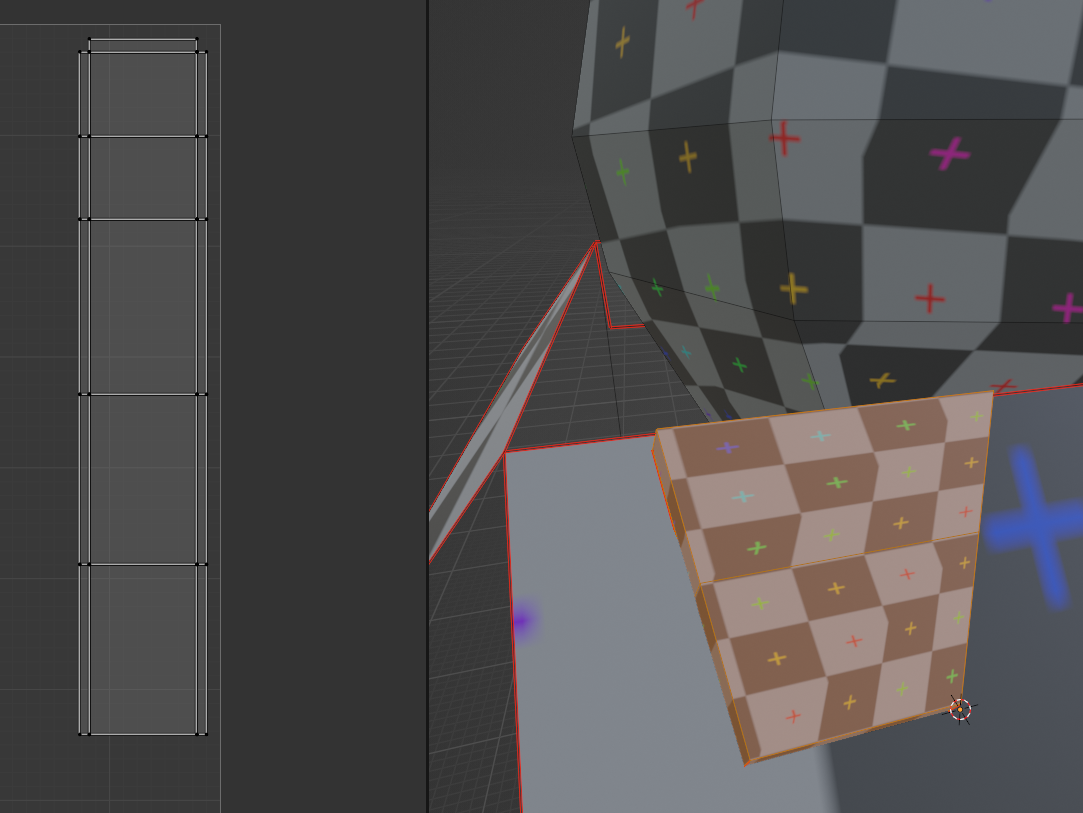The BRAWL² Tournament Challenge has been announced!
It starts May 12, and ends Oct 17. Let's see what you got!
https://polycount.com/discussion/237047/the-brawl²-tournament
It starts May 12, and ends Oct 17. Let's see what you got!
https://polycount.com/discussion/237047/the-brawl²-tournament
Why are rectified Uv's always warped?
First of all, Apologies for the nooby question, maybe to some, this is trivial info, but I can't for the life of me no matter the research, figure out why this happens.
I rectify the UV it looks perfect. Afterward, when I test it on the model it's always warped.
How do you explain this? any solutions for fixing it?




I rectify the UV it looks perfect. Afterward, when I test it on the model it's always warped.
How do you explain this? any solutions for fixing it?





Replies
When you flatten a surface and dont keep the "shape" of the surface in the uv, stretching/warping is inevitable. Only rectify surfaces that you dont mind having some warping.
I dont have a tutorial at hand but looking at a few will reveal that only certain shapes like pipes, barrels, almost straight shapes are prime for straightening, and for other shapes there are other ways of mapping, like unwrap, angle-based flattening, pelt, etc.